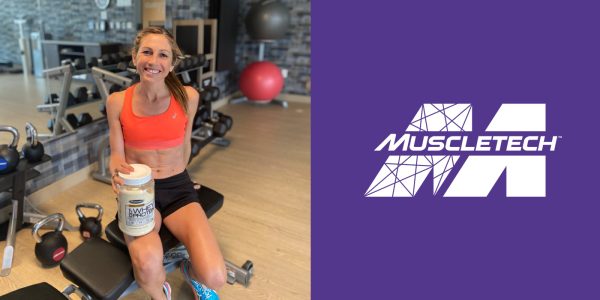Whether you are new to the gym or an experienced weight lifter, the type of rep ranges you train within are a crucial factor when working toward your fitness goals. There are multiple benefits to each specific rep range, which can help you break through strength and size plateaus and allow you to train more effectively in the gym.
LOW REP RANGE
Let’s start on the low end. Between one and five reps is an average low-end rep range, which is mainly used for building strength. If you want to get big, you gotta lift big, right? Progressive overload is truly one of the key factors to encourage long-term growth. That being said, low reps have been criticized for not having enough time under tension for stimulating an effective amount of hypertrophy. Although sets with higher weight and lower reps may not contain as much time under tension as high-rep sets, the strength you build from your low-rep sets will likely transfer into the ability to lift heavier weights for higher reps. This allows for one to break through plateaus and push past previous physical limits.
MODERATE REP RANGE
After you’ve worked on your strength, there comes the moderate rep range of around 8 to 15 repetitions. The moderate rep range has shown great results paired with the average lifting tempo due to the amount of time under tension for a working muscle group. Using an average lifting tempo (2-0-2-0), you will usually achieve a time under tension anywhere from 40 to 70 seconds using moderate reps, which is the ideal time for maximizing hypertrophy. Now with the moderate rep range, the first few reps of each set may seem pretty easy. Unlike the low rep range, the muscle group being trained will start to experience a buildup in lactic acid as the reps continue. This effective and sometimes painful process will allow for a surge in the body’s testosterone, as well as growth hormone levels. The moderate rep range is the most popular rep range in use today, but has been praised as the best of both worlds to give you a great mix of lifting weight while maximizing the types of muscle fibers being affected.
HIGH REP RANGE
Now, high-rep sets can be some of the most painful you’ve ever experienced. A higher rep range can be considered anywhere from 15 to 20 reps, and even more. This rep range is a challenge due to the similar lactic acid buildup found in our moderate rep range, only amplified. Using a quick lifting tempo (1-0-1-0), you are able to achieve twenty or more reps within the optimal 40- to 70-second range. Although your body will start to fatigue drastically near the end, these rep ranges provide a serious pump, and will not fail in shuttling all the blood into the muscle group being trained. A higher rep set is great for a pre-fatigue set, warm-up set, and even finishing or burnout sets. Higher and explosive rep ranges are a great tool for any serious training program.
When you combine all of these rep ranges in proper phases, you can create a personalized and effective training program that will put you on a fast track toward your fitness goals. The constant change and shock applied to the body when programs and rep ranges change allows for higher success in breaking strength and size plateaus, but ultimately allows you to train with precision towards personal fitness goals!
BY KEVIN JAMES
MUSCLETECH AMBASSADOR








